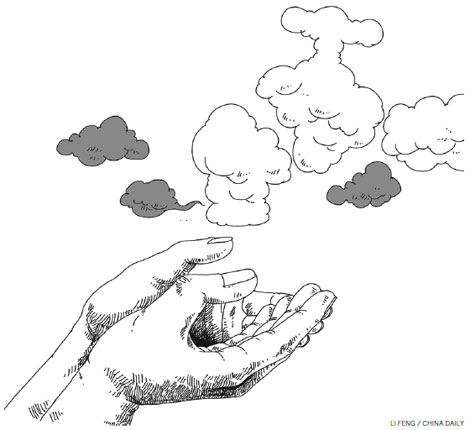
From times immemorial, China has faced droughts, with some parts of the country facing the curse every two to three years. The damage droughts have inflicted on China's socioeconomic fabric was relative to their intensity and duration. For instance, the drought in 1994-95 was so intense that it caused a loss of $13.8 billion.
South and Southeast China suffered severe droughts in 2010-11. Now Henan province and the Inner Mongolia autonomous region and Northeast China are in the grip of a severe drought. Shaanxi, Hebei, Shanxi, Gansu and Anhui provinces too have been affected by drought to different degrees. This dry spell is likely to reduce China's corn production this year to less than 200 metric tons, the lowest since 2009.
The current spell of drought could have serious repercussions. Grain prices on the Dalian Commodity Exchange have already increased, which will affect government policies to keep food prices low and seriously complicate its efforts to limit cheaper grain imports to ensure food sufficiency and security.
With a bumper harvest of corn in the United States, the price of imported corn in China is already one-third less than that of the local produce. As domestic corn prices go up, feed companies are likely to opt for wheat for economic reasons, further complicating the government's efforts to curb cheaper imports. China has intensified inspections and already rejected shipments that contain the genetically modified MIR 162 corn, which though used in the US is not approved by China for import. Besides, the General Administration of Quality Supervision, Inspection and Quarantine has announced that it will toughen the import requirements on sorghum, barley and alfalfa which could be used as alternatives to make feed.
Because of droughts, China is facing a conundrum of tradeoffs between policy objectives such as providing people with food grains at affordable prices and food sufficiency. It is not the first country to realize that often these and other associated policy objectives are not compatible because of developments, such as droughts and floods, over which it has no control.
The impact of droughts is underestimated not only in China but also the rest of the world. But droughts are the world's most expensive and debilitating natural disasters, because their impact lasts longer than any other form of natural disaster. The current global annual loss because of droughts is estimated to be $6-8 billion.